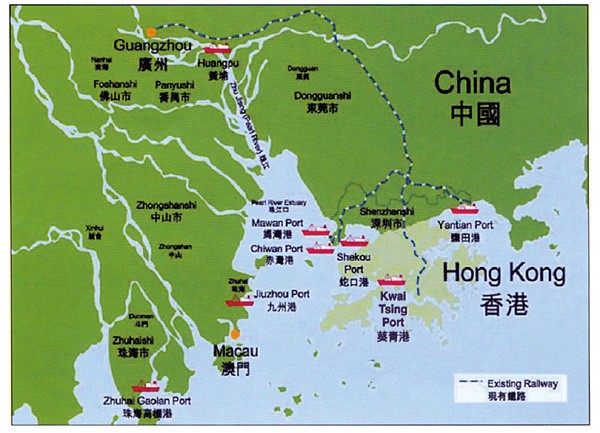Overview of Hong Kong Port
Strategic Geographical Location
Some 170 years ago, Hong Kong was a small fishing village off the South China coast. Today, the port and Logistics industry is important to Hong Kong economy which contributes 6.2% of HK’s GDP or HK$169 billion and provide 175,200 jobs or 4.8% of the total employment in HK in the year 2022.Endowed with deep water draught, a silt-free natural harbor strategically located along the major sea route and with the Chinese Mainland providing a huge cargo base, Hong Kong has become a major transport hub in Asia.
Free Trade Port
Hong Kong has, since its beginning been a free port to all ships without discrimination. There are very few controls on imports, exports and re-exports in Hong Kong. Where formalities exist in relation to import and export licensing, they are minimal and many products do not require licenses. This advantage, together with the opening up of China, has resulted in Hong Kong becoming one of the busiest container ports in the world.
Business Friendly and the Most Important South China Hub-Port
Since its formation, HKCTOA has worked closely with Government, port and logistic stakeholders to enhance the competitiveness of Hong Kong port, and to promote our port as an international shipping centre and container transportation hub of the region.
Overseas promotions included visiting Japan, South Korea, USA, UK, Holland and Germany. Our message to major shippers, consignees, freight forwarders and shipping lines remains that Hong Kong will continue to be uniquely business friendly, a free port and the most impotant South China hub port.
